Thoughtful Cowl – free pattern
April can be a funny time of year, I think – sometimes warm (and it looks like we’re in for a glorious Easter weekend this year) and sometimes cold – and it’s always very handy to have something in your drawers that can help to add an extra layer of warmth, or be quickly removed, when you need to.
Enter the Thoughtful Cowl!
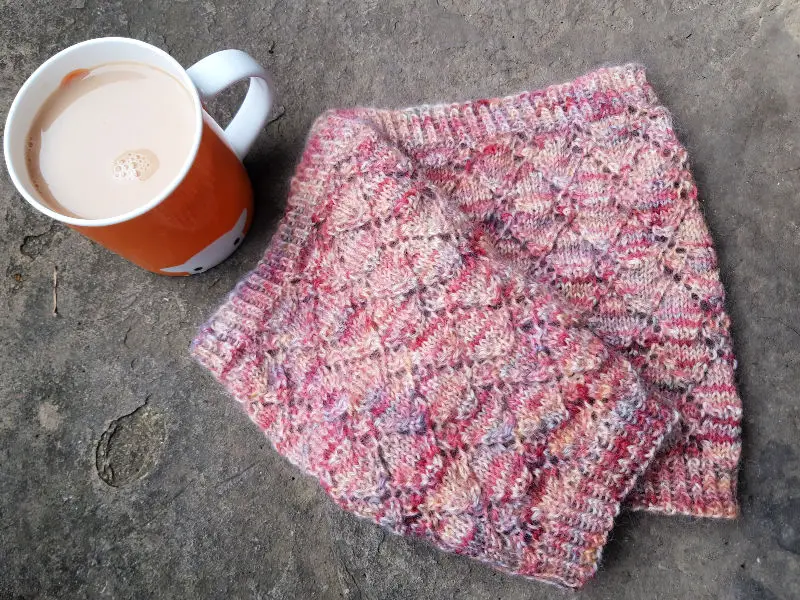
Easy to pull over your head for instant warmth to snuggle into, and yet small enough to be folded up in your bag if you’re out and about and feeling a tad warm.
The yarn for this cowl was gifted to me by my talented friend, Tracy, who dyes her own yarns with eco-friendly dyes. It’s 100% Wensleydale and is dyed with logwood, cochineal, lac chlorophyllin, cutch, onion skin, madder, iron and pomegranate. The yarn and colours are exactly what I would have chosen for myself, and I was touched by the thoughtfulness of the gift.
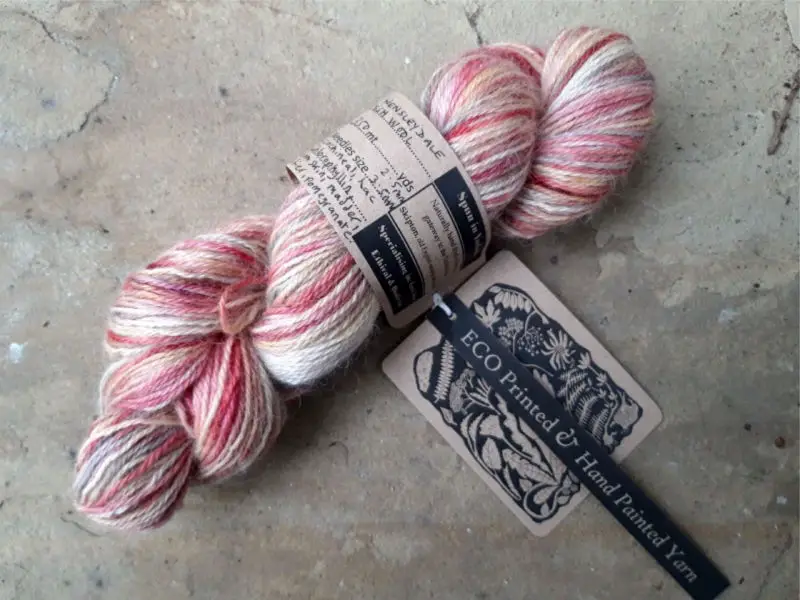
I thought long and hard about what I was going to make with it. Not socks – I didn’t want to split the skein and there’s always some left over which felt like a shame. Not a shawl either, as I am not always very good at wearing those – the ends come untucked and I find myself flipping them dramatically over my shoulders more often than I’d like to. So a cowl it was. Something in the style of a shawl that would show off a pattern, but wouldn’t involve me doing any dramatic flipping (my family will tell you I can be dramatic enough without any help! 🙂 ).
I’ve knitted a few cowls recently and I do find that I wear them much more than I expected to and I am sure that this one is going to be no exception.
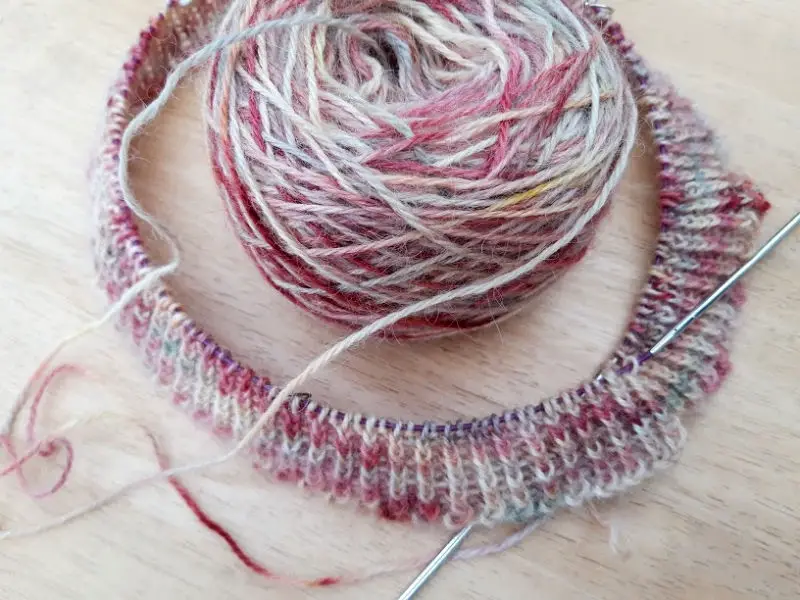
The top and bottom edges of the cowl are worked in twisted rib, and in the pattern I’ve given you a way to work out how much yarn you’ve used when you cast on so that you can save the same amount for the second rib section. That way, you can use up the whole skein if you want to!
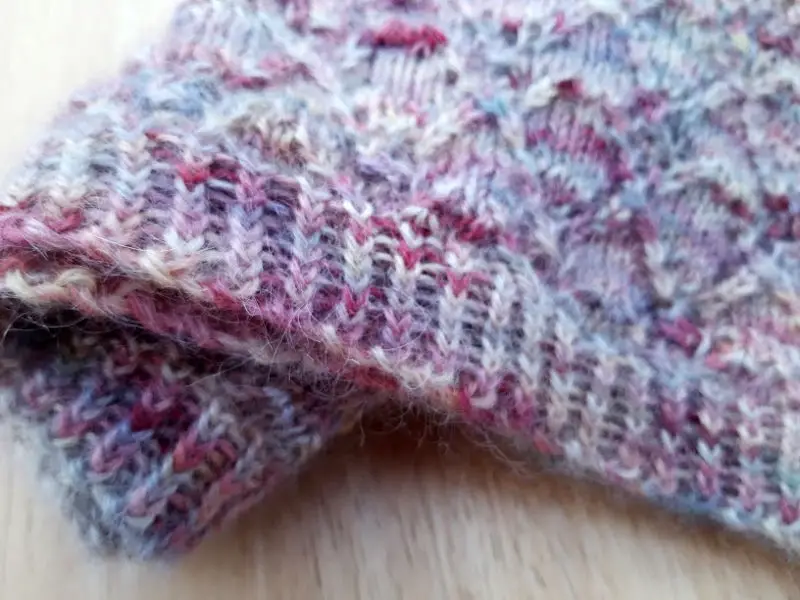
The skein that Tracy gave me was a DK (8ply) skein, and that’s the weight of yarn that I’ve worked the pattern out to. However, Tracy had another skein dyed at the same time in her 4ply yarn and we were interested to see how that would turn out knitted to the same pattern.
My cowl is at the top in this picture – isn’t it funny how the colours are different even though they were dyed at the same time? That’s the joy of hand-dyeing – and also why you should buy multiple skeins for a project at the same time and work more than one skein at once so that you don’t get a stripe of changing colour.
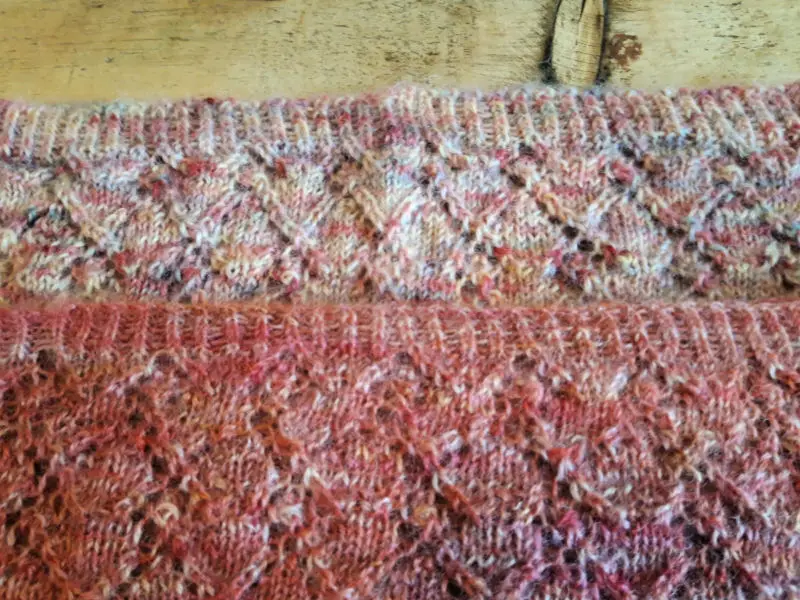
Here’s Tracy’s 4ply cowl …
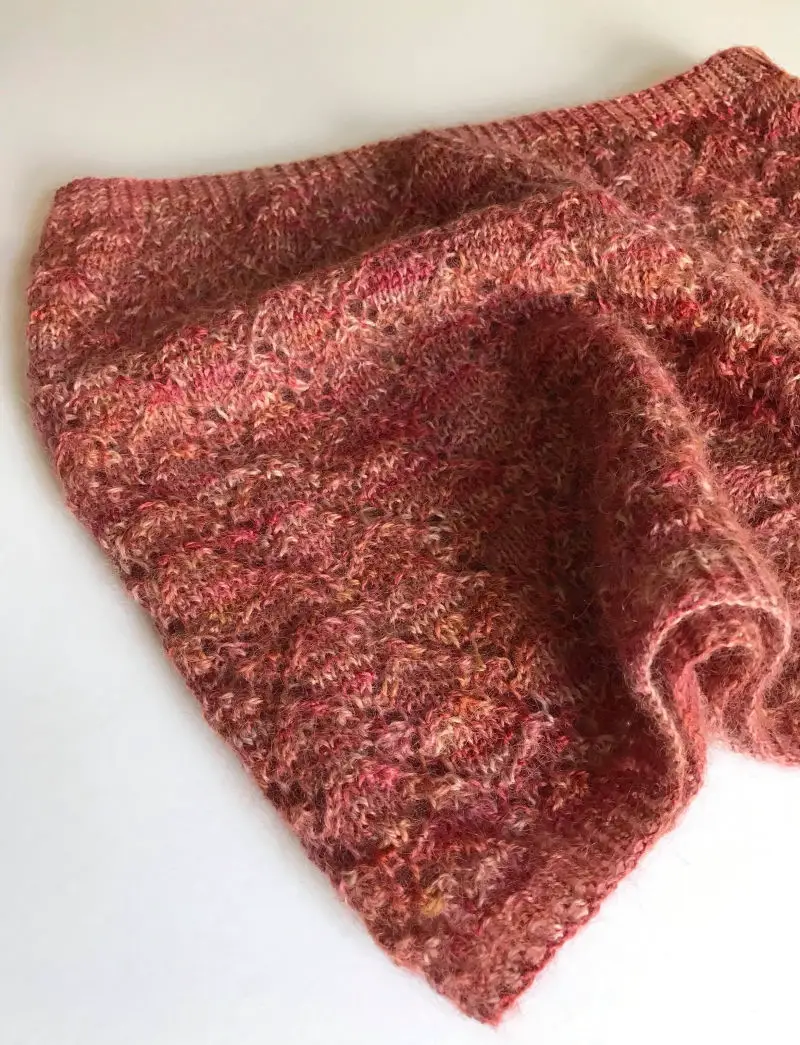
Source: Handmade Over Yonder
We found that the pattern worked very well (thank you to Tracy for testing it for me! 🙂 ) and interestingly, we found that it wasn’t actually any wider although the pattern was more open, but Tracy didn’t need to work as many repeats – her cowl is underneath mine and is about 3 inches (7.5 cm) deeper than mine. She chose to stop there with yarn left over, but of course the wonderful thing about this kind of pattern is that you can make it to the size – and use as much of the yarn – that you want.
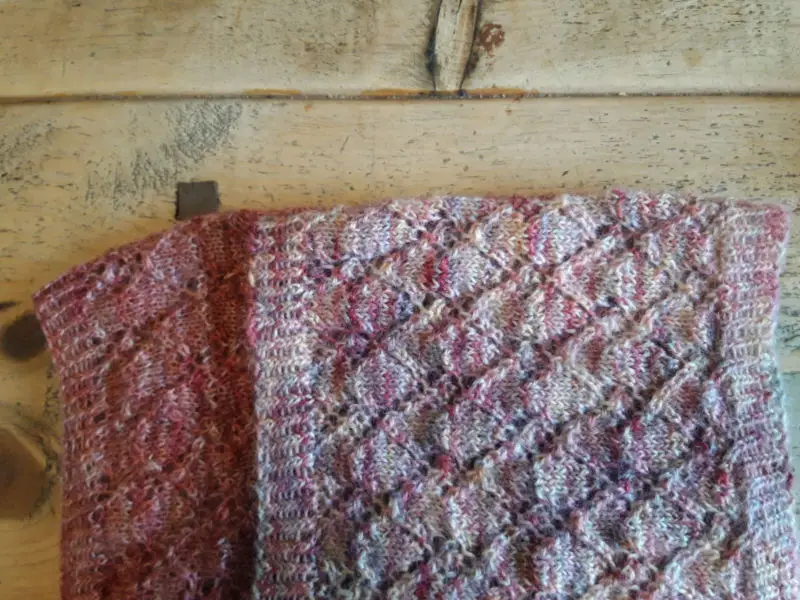
As the lace pattern was looser knitted in the 4ply, I think gives you perfect options depending on your yarn and the time of year you might choose to knit this. Denser, heavier DK yarn and pattern for colder times, and lighter, airier 4ply yarn and pattern for warmer times of the year.
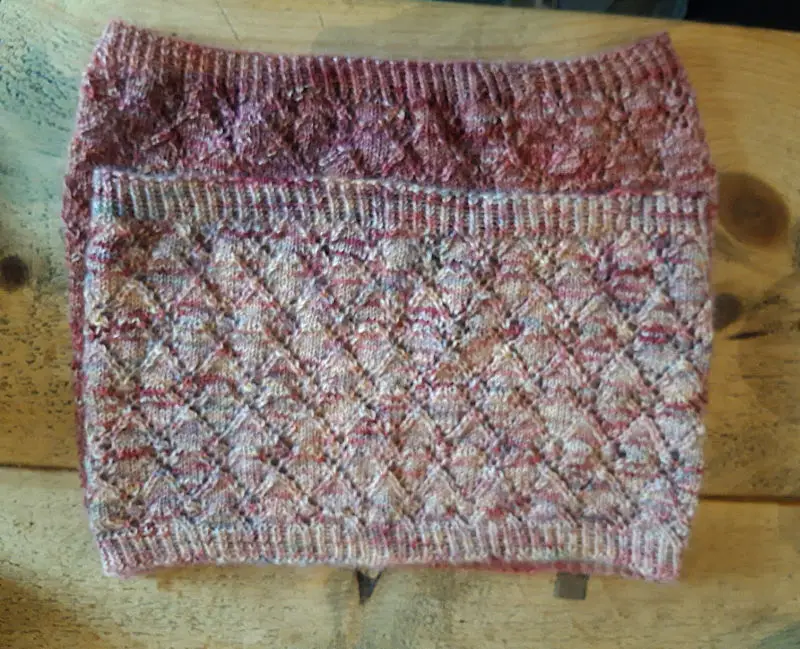
I’m certainly not going to be snapped up by any knitwear modelling agencies any time soon, but you can see that the cowl is fairly big when it’s knitted to the pattern. The lace pattern is 8 stitches wide so it’s easy to add or take away pattern block sections if you want to …
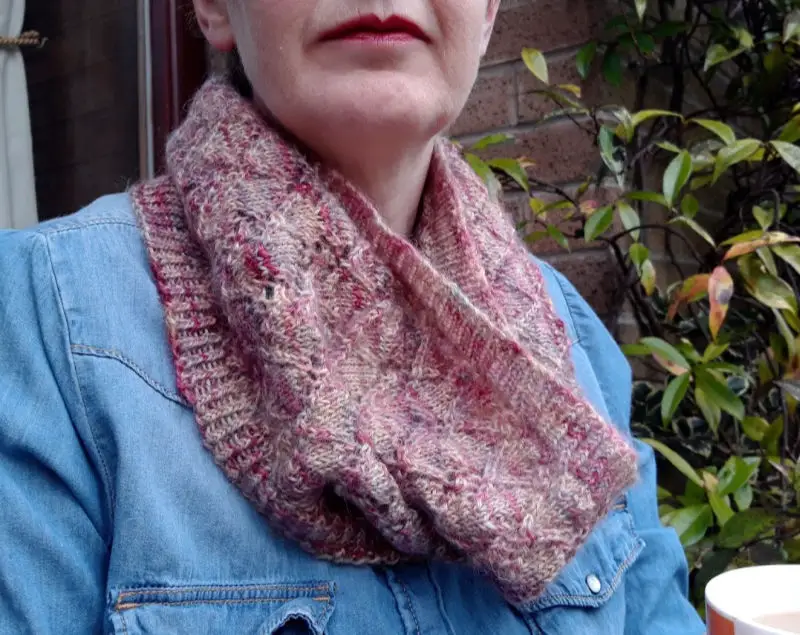
and it’s quite easy to tuck the cowl inside itself to stop any draughts!
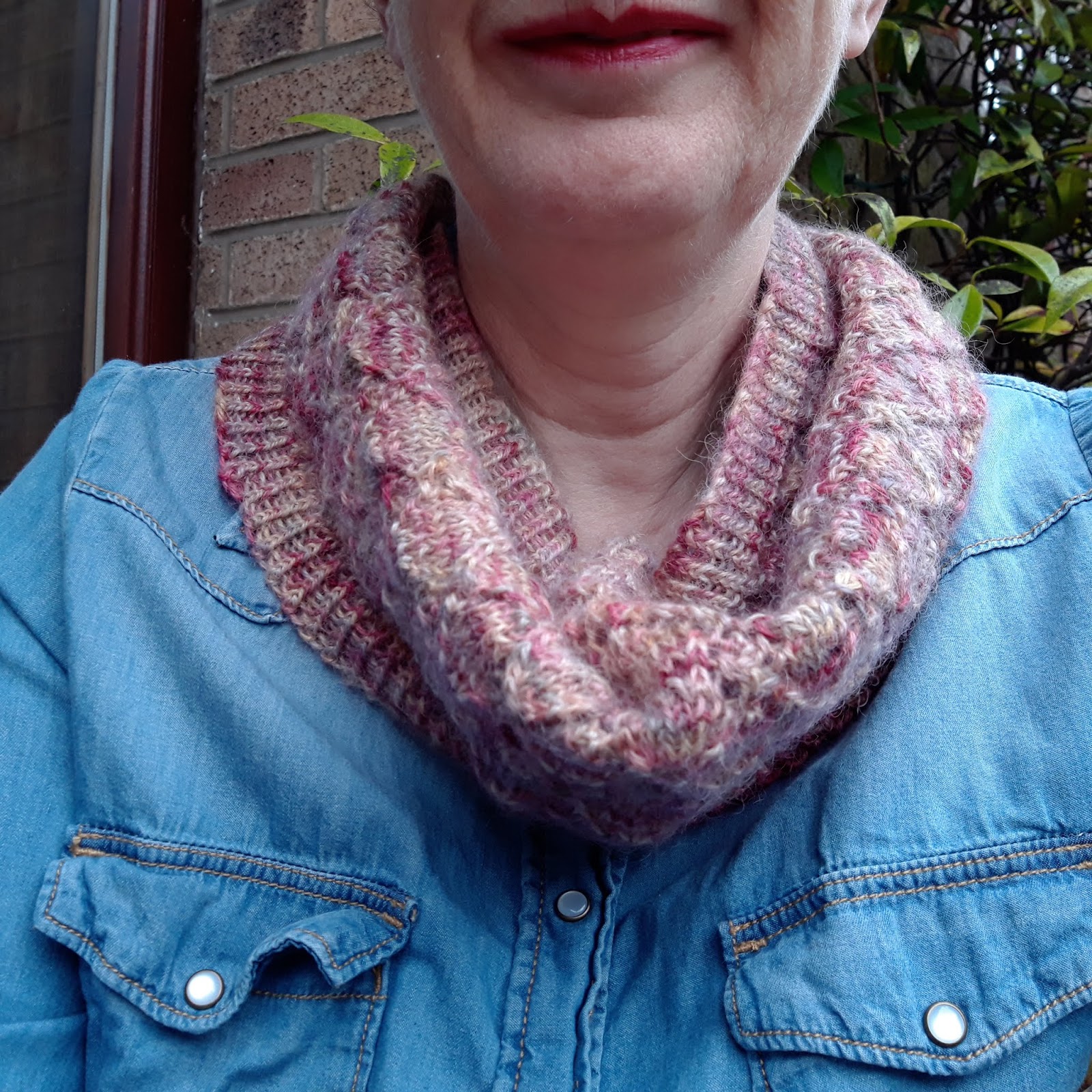
Here’s a closer picture of the pattern so that you can see it.
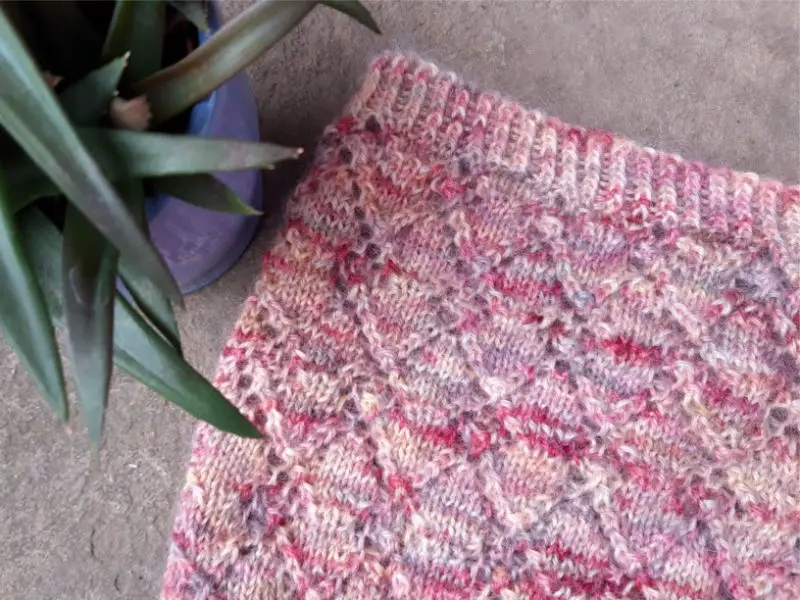
It’s not as complicated as it looks (you should know me by now, they’re my favourite kind of stitch patterns!) and every other round is a knit round so you’re only having to do any kind of pattern on every other round. The stitches involved are bringing the yarn forward from the back to the front of your work, decreases and slipping stitches – all of which you’ve most likely done before (and certainly a version of what I use here if you’ve made socks before, even if they were just the basic Sockalong socks). If you’ve never knitted lace at all before, there’s help with reading a chart and knitting lace in my Easy Lace Socks tutorial.
I recommend using plenty of stitch markers until you get familiar with the pattern (and even then you might choose to leave them in and that’s fine), lifelines, and making yourself a copy of the chart or the written instructions if you prefer so that you can cross off each round as you work it. Personally, I find charts much easier to work with for patterns like this but I do understand that some people find them a bit daunting. The Easy Lace Socks tutorial should help with that, and also reading the chart at the same time as the written instructions so that you can see how each of the symbols corresponds to the written instruction. It just takes a bit of practice and it really is just like reading a road map when you get going!
I enjoyed knitting my skein so much that I’ve started another in 4ply – this one is made with more gifted yarn (I have been very spoilt!); Merino Sock Mini Skeins from Cookston Crafts and you can see that once again, the pattern is looser than with the DK. I’m also not sure if I’m going to need all 5 of the mini skeins otherwise I’ll be heading into snood territory, although I do quite like the idea of a much deeper cowl which would show off all those lovely colours.
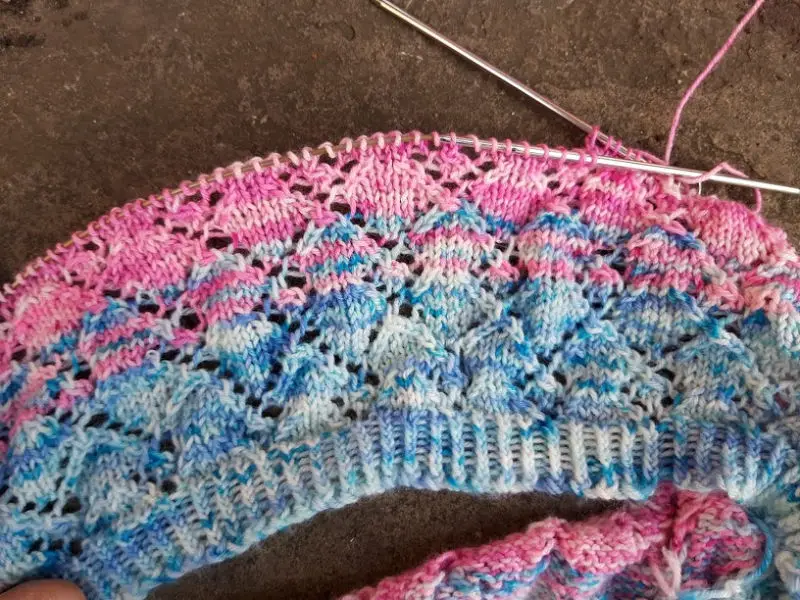
So without any more ado, if you’ve found your yarn and you’d like to get started on your very own Thoughtful Cowl, here’s the pattern!
Thoughtful Cowl
If you’d like a PDF version of the pattern, you can download it here.
Size
One width is given, but the width and depth of the cowl can be altered to suit.
The blocked size of the pictured cowl knitted in DK yarn is 15 inches (38cm) wide (30 inches/76 cm circumference) and 9 inches (23 cm) deep.
Tension
24sts to 4 inches (10cm) in stocking stitch (worked in the round) on 3.0mm needles
Materials
1 x 100g skein of Hand Dyed Over Yonder 100% Wensleydale DK (350 metres)
3.0mm – 80cm circular needle (or size to give gauge)
Stitch marker(s)
Abbreviations
K Knit
K2tog Knit two stitches together
Ktbl Knit through the back loop of the stitch
P Purl
Psso Pass slipped stitch over last stitch on right hand needle
Sl 1 Slip 1 stitch knitwise
SSK Slip the first stitch on the left hand needle knitwise onto the right hand needle, slip the second stitch on the left hand needle purlwise onto the right hand needle, slip both stitches back onto the left hand needle and knit together through back loop
St(s) Stitch(es)
Yfwd Bring the yarn forward from the back of the work between the needles to the front
( ) Repeat instructions in brackets
Pattern
Weigh your circular needle and note down the weight of it here _______ .
Cast on 176 stitches and join into the round. (Work 2 rows of rib before joining into the round if preferred, working knit and purl stitches as they present themselves on row 2.)
Rib round:(Ktbl, P1) to end.
Repeat round 1 for 7 more rounds (8 rounds in total). Weigh your completed rib section with circular needle and note down the weight of it here. Take the weight of the needle away from the weight of both rib and needle and note it down.
You will need to save this amount of yarn to work the rib and cast off at the end of your cowl. (Example: needle weighs 14g, rib and needle weighs 23g, therefore rib alone weighs 9g, so 9g must be saved to work the rib/cast off at the end.)
Lace pattern (work 8 stitch pattern 22 times per round)
Using either chart or written instructions, work the 32 rounds of the lace pattern until you are left with the correct amount of yarn for the rib and cast off. If you find it easier, mark each section of 8 stitches with a stitch marker so that you can see where your pattern blocks are.
Round 1: Yfwd, SSK, K6. (8 sts)
Rounds 2 and 4: Knit.
Round 3: K1, yfwd, SSK, K3, K2tog, yfwd.
Round 5: K2, yfwd, SSK, K1, K2tog, yfwd, K1.
Round 6: Knit to last stitch, use this stitch as the slip stitch for decrease at start of next round.
Round 7: Sl1, K2tog, psso, yfwd, K5, yfwd.
Round 8 and even rounds to 30:Knit
Round 9: Yfwd, SSK, K6.
Round 11: K1, yfwd, SSK, K3, K2tog, yfwd.
Round 13: K2, yfwd, SSK, K1, K2tog, yfwd, K1.
Round 15: K3, yfwd, sl1, K2tog, psso, yfwd, K2.
Round 17: K4, yfwd, SSK, K2.
Round 19: K2, K2tog, yfwd, K1, yfwd, SSK, K1.
Round 21: K1, K2tog, yfwd, K3, yfwd, SSK.
Round 23: K3, yfwd, sl1, K2tog, psso, yfwd, K2.
Round 25: K4, yfwd, SSK, K2.
Round 27: K2, K2tog, yfwd, K1, yfwd, SSK, K1.
Round 29: K1, K2tog, yfwd, K3, yfwd, SSK.
Round 30: Knit to last stitch, use this stitch as the slip stitch for decrease at start of next round.
Round 31: Sl1, K2tog, psso, yfwd, K5, yfwd.
Round 32: Knit.
Rounds 1 to 32 set pattern and should be repeated. Work each round until you have the weight of yarn left in the ball that you noted above, making sure that you work to the end of a round before starting the second rib section. Work 8 rounds of (Ktbl, P1) rib as for beginning section of cowl then cast off LOOSELY and sew in ends.
Your cowl will be much improved by blocking. If you’ve never done this before, all you need to do is soak your knitting in cool water with detergent suitable for your yarn for a short while. Then wrap your cowl in towel to remove excess water and pin out onto a dry towel or blocking mats, stretching it out so that the lace pattern becomes clear to see. Once dry, remove the pins and wear!
Changing the cowl size
To change the width of the cowl, simply take out stitches in blocks of 8 to make it narrower, and add in stitches in blocks of 8 to make it wider. Remember to work the correct number of pattern repeats for the new width.
To change the depth of the cowl, work as many repeats of the pattern as desired before starting the rib section.
Chart

Don’t forget to share your cowl on Ravelry so that others can admire it, and if you would like to share it on other social media platforms too, that would be fabulous! I’m really looking forward to seeing how your cowls turn out!

This pattern is free on this blog and will always remain so, but if you have enjoyed using it and would like to buy me a brew, it will be much appreciated! You can find the donation button on the sidebar on the left hand side. Thank you! xx
This pattern copyright © 2020 Winwick Mum. All rights reserved.
Not to be included in any collection or used for profit without written consent of Winwick Mum.
If you would like to stay in touch, click the link below to join the Winwick Mum mailing list to hear about the latest blog posts, pattern updates, tutorials and more … but no spam, I promise!

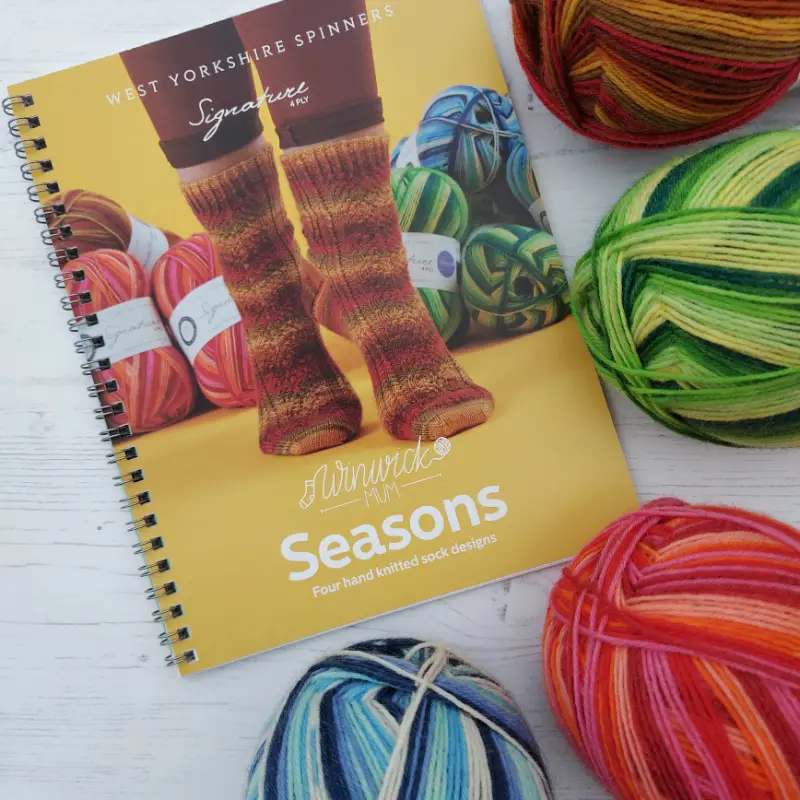
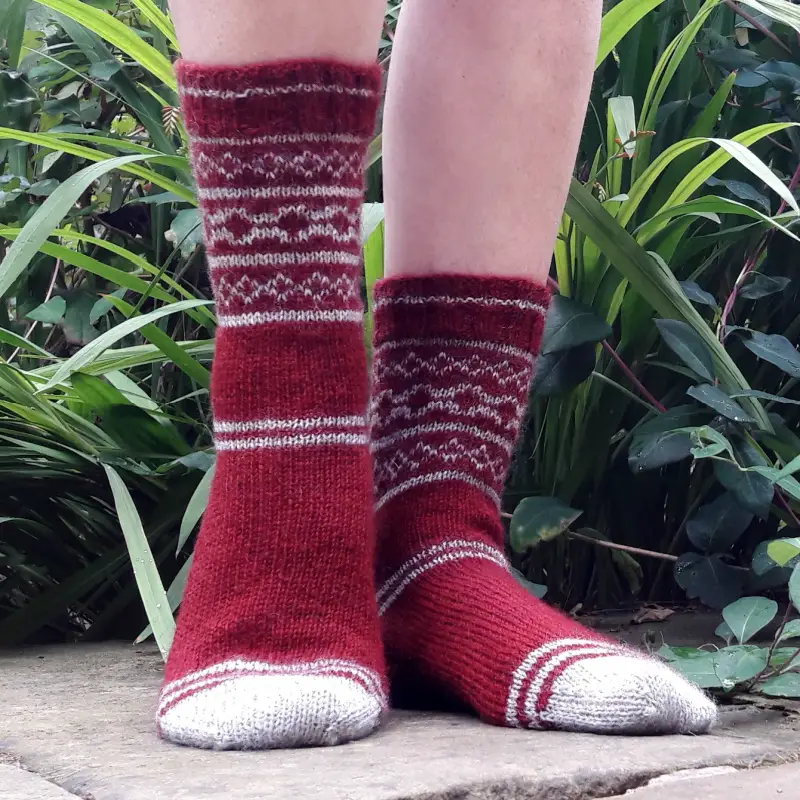
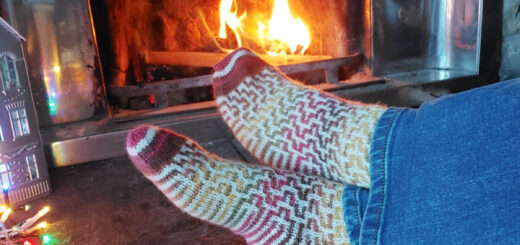
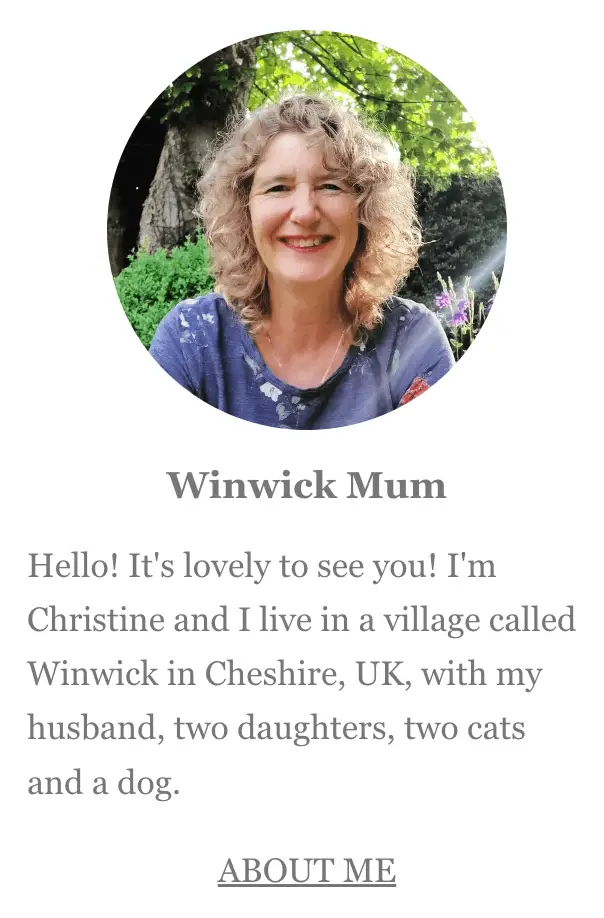

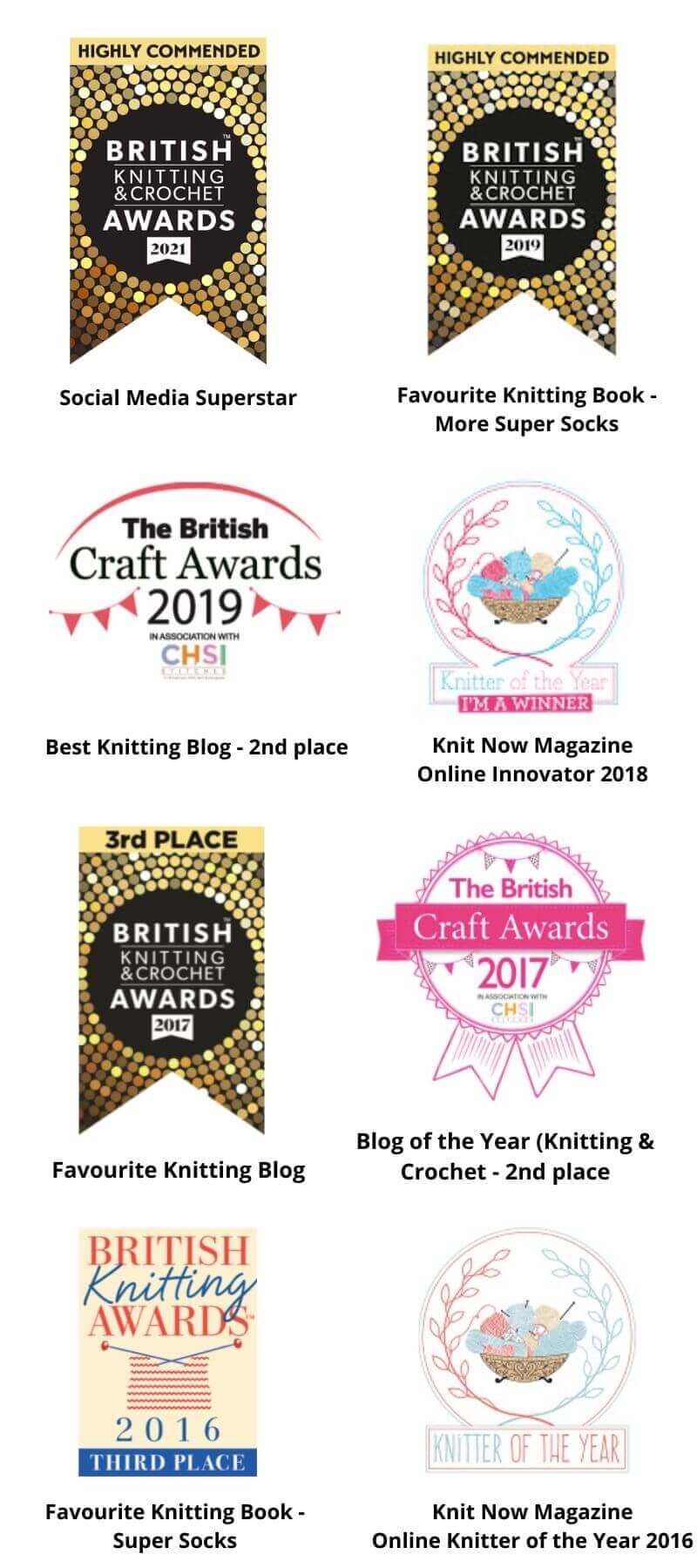

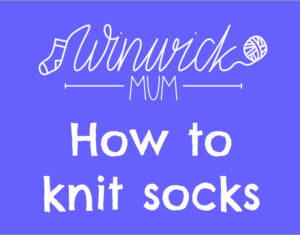

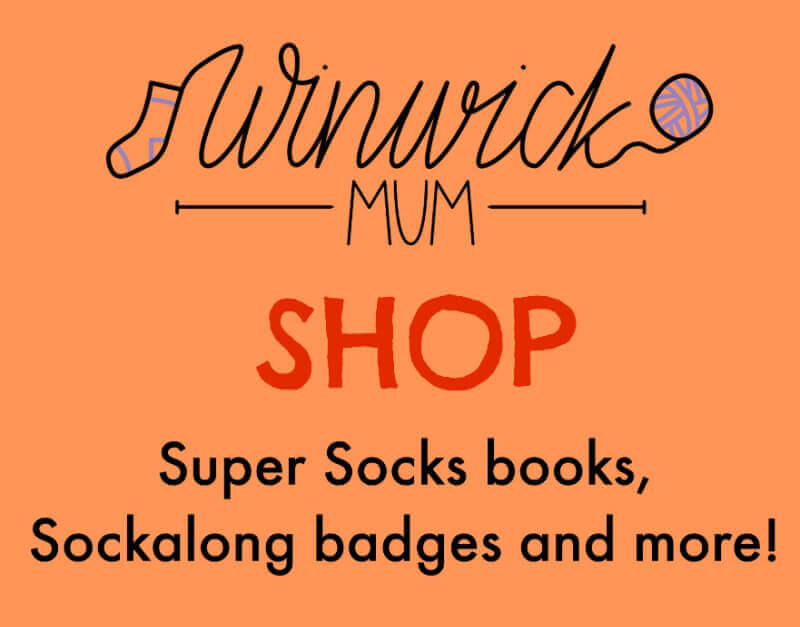
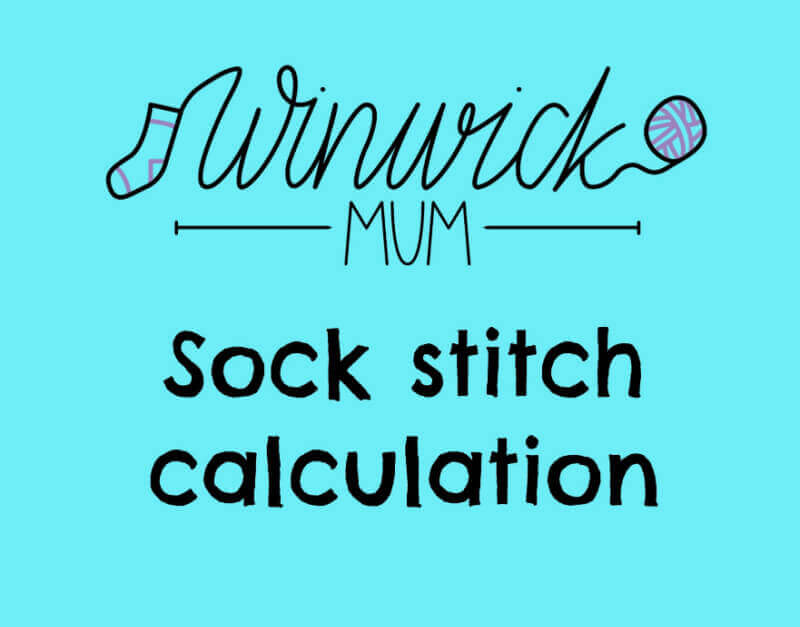
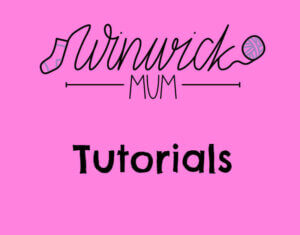

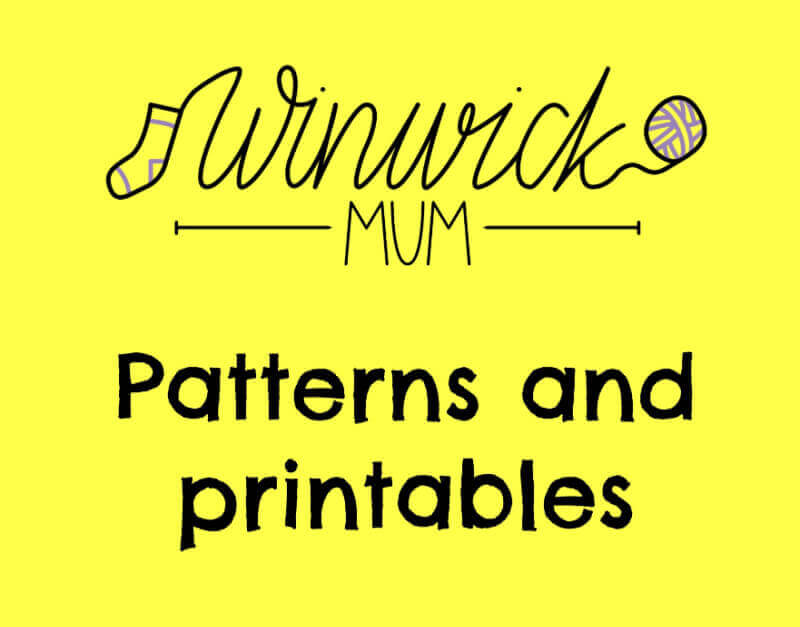
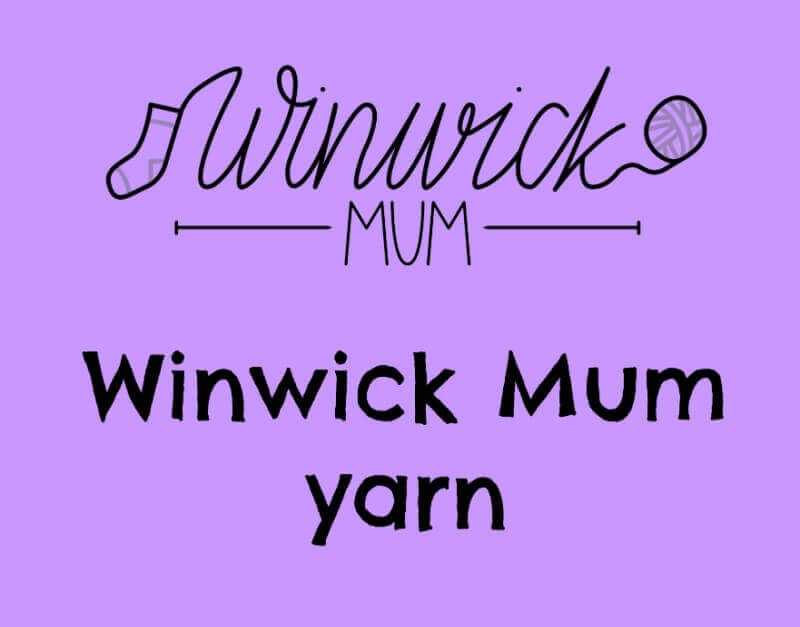
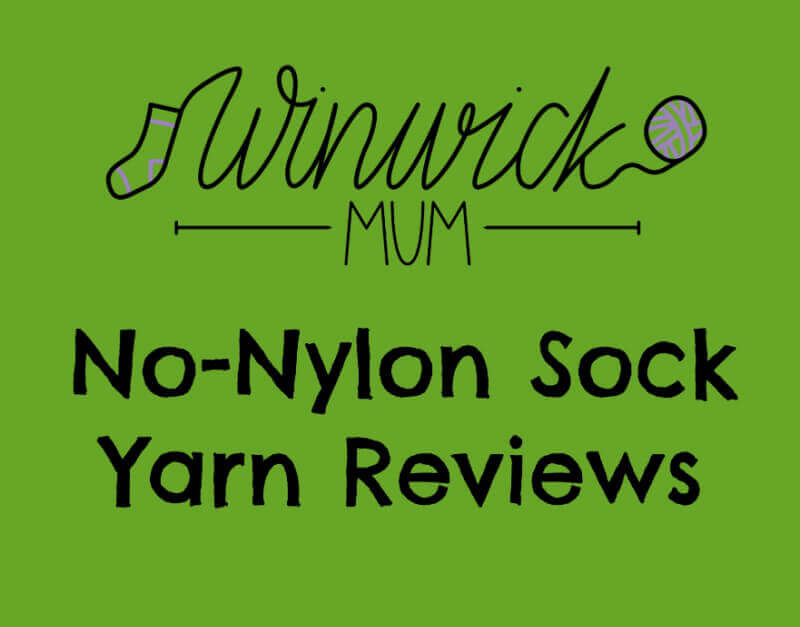
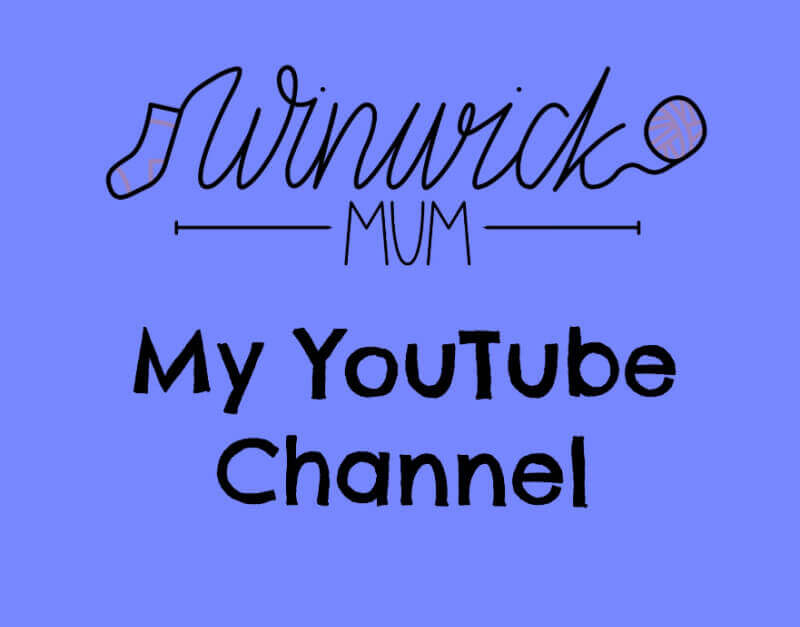
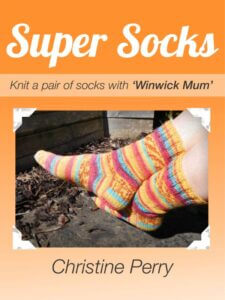
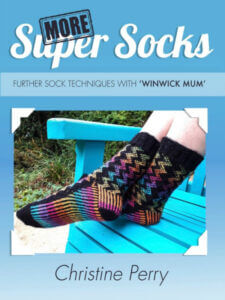
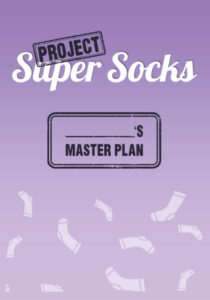

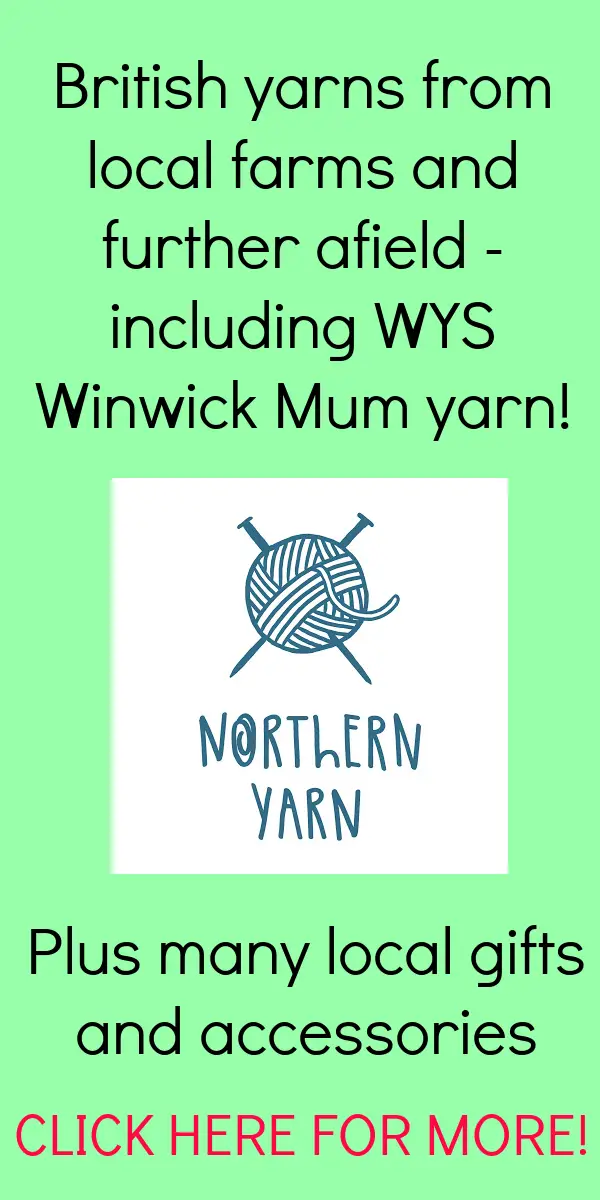

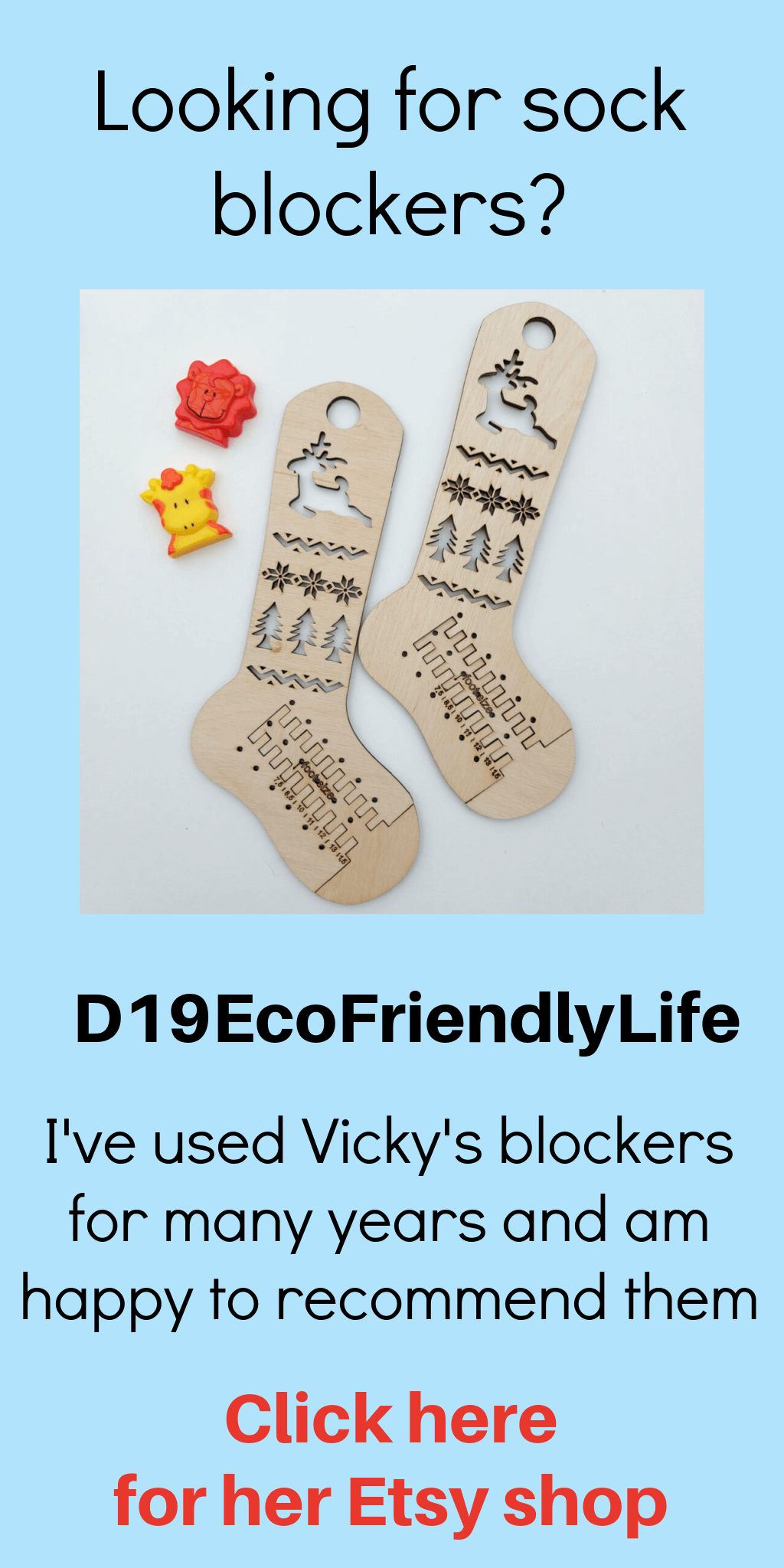
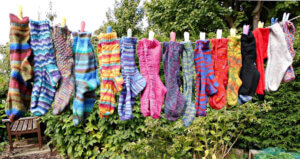
I love your comments about shawls! Im not one for the majestic sweep over one shoulder either. Cant wait to start this. Thank you Christine
Thank you Christine I love the cowl and it’s now on the to do list. I won a beautiful array of yarn from Blacker Yarns when I attended Yarndale and have not used any of it yet. I think this will be a perfect project.
This is beautiful and the wool is gorgeous! I feel the same way you do about shawls – and have knitted several and never worn them because they always seem to get in the way! This pattern looks lovely and will make a lovely cowl!! Thank you so much for another lovely pattern!
Thank you so very much for this lovely pattern.
I am excited about your popularity on Ravelry. I have a pretty Noro Shirato in pink. I think I will try your pattern with it. Peace! Stay well.
Hi Winwick Mum. I have procured some domestic DK weight hand dyed wool here in the states. It is very lofty squishy, and I am thinking a size 3.0 needle might be too narrow. Off the top of your head, can you think of a different size needle? I know I should swatch, but I am thinking a 3.0 would be very tight. This yarn is more similar to a light worsted. And I am thinking about the lace pattern looking like lace. What do you think?
If I were knitting socks with DK yarn, I'd use a 3.5mm needle – the usual size for knitting flat is 4.0mm so it would be OK to go up a size or even two if you wanted to try that. You might find that you don't need as many stitches, though, so a swatch really would be a good idea and you might be able to take out one of the pattern blocks – unless you like your cowl to hang a bit lower. Hope that helps! 🙂
Thank you, Winwick Mum!
if knitting this in 4 ply would I be aiming for the same tension? just adjust my needles to get the recommended tension in the pattern?
Yes – you’ll probably find that if you usually knit on 2.5mm needles with 4ply then going up to a 3mm needle will work out about right – the gauge is 6 sts per inch and I usually recommend 7-8 on 2.5mm for 4ply socks. The actual gauge isn’t crucial but obviously you want to know how big it’s going to be so if you do a quick swatch (remember to do it in the round, if you need the reminder for doing that on 2 needles you can find that that here) then you’ll know whether the needles you’re using are right 🙂 xx
What a beautiful projekt. I love this one skin ideas. I have bought some skins just to try a new brand or weight of yarn or just because of the beautiful colour. But with the time maybe I forget what I wanted to knit with. I put this project on my list for 2022. I agree with you Christine, it‘s perfect for Spring weather and small enough for the handbag if It‘s warm.
Thank you for the pattern!
xx Maria
You are very welcome, I hope you enjoy knitting it! xx